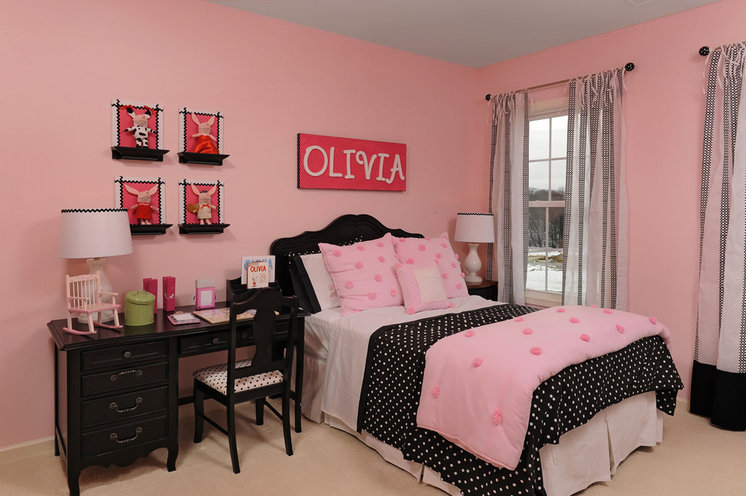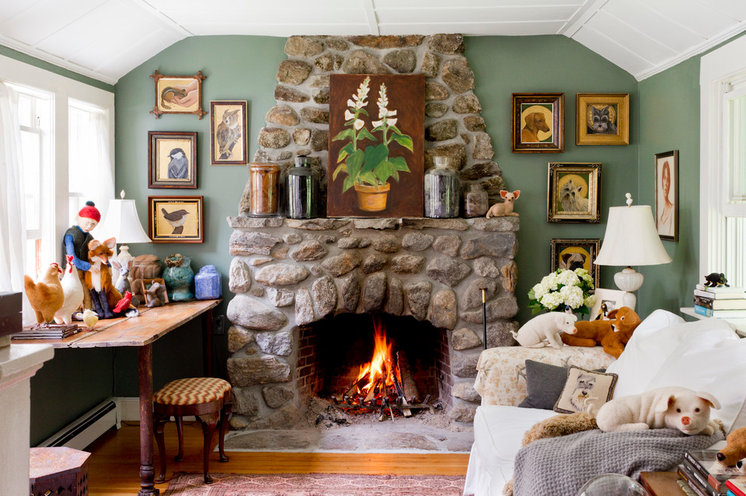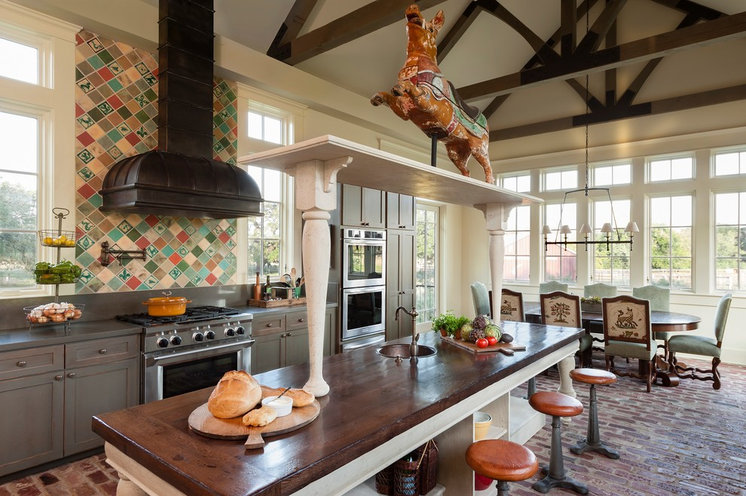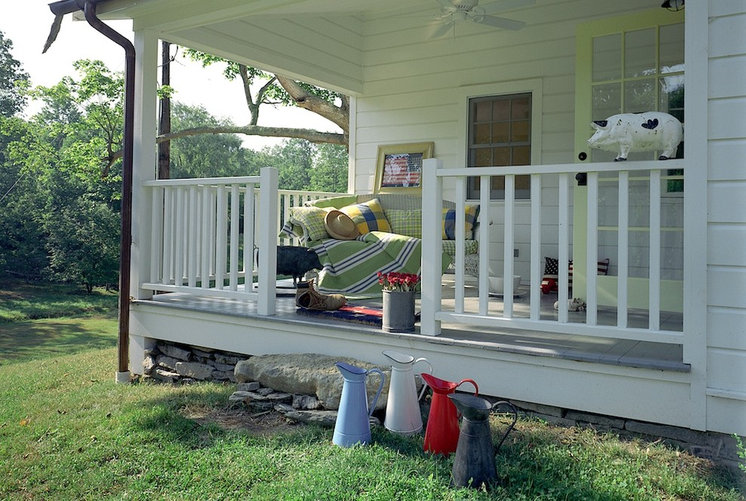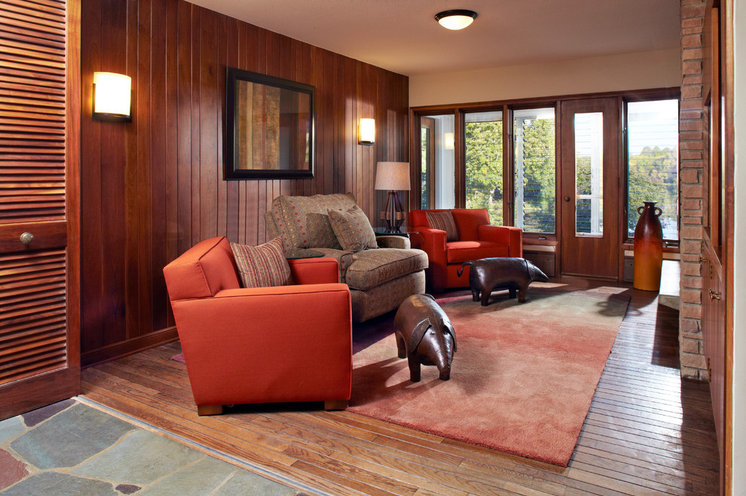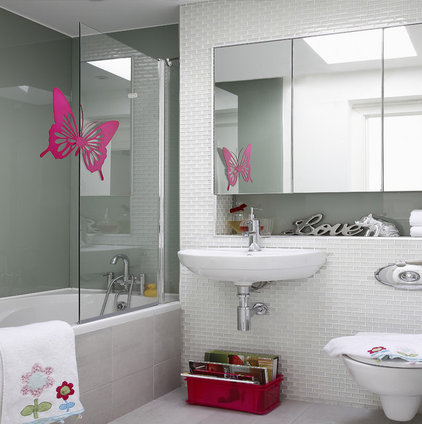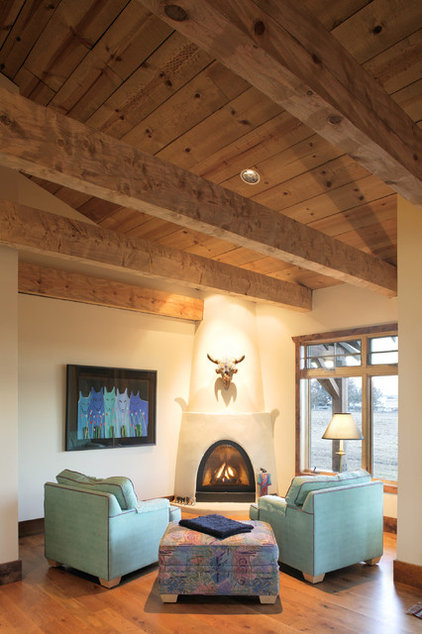Building Permits: 10 Critical Code Requirements for Every Project
Today we’ll examine 10 critical code requirements that often come into play in typical U.S. remodel projects. Whether you’re tackling a project yourself or working with a professional, you’ll want make sure these codes are met. Especially if there’s a huffing and puffing wolf in your neighborhood.
More in this series:
When a Permit Is Required and When It’s Not | The Submittal Process
Code also requires outlets to adhere to specific spacing requirements. Outlets over kitchen countertops cannot be located more than 4 feet apart, and always within 2 feet of countertop ends. Similar requirements exist for bathroom vanities and for walls in habitable rooms and hallways.
The building code includes egress requirements to ensure the safety of occupants in the event of an emergency. These include a specific entry door width (32-inch minimum opening) and entry hardware requirements (a locked door must be able to be opened from inside with one operation).
It also specifies minimum window opening requirements in habitable bedrooms. These can vary slightly in different jurisdictions, but generally speaking, bedroom windows must have:
- Minimum opening width: 20 inches
- Minimum opening height: 24 inches
- Minimum clear opening: 5.7 square feet (5 square feet for ground floor)
- Maximum sill height from floor: 44 inches
Picture windows are fine, but a bedroom must also have an operational window that meets all egress requirements.
A smoke alarm is also typically required at each floor level, and in new construction, it must receive primary power from the building’s electrical wiring and must utilize a battery backup.
Railing guidelines specify that handrail height must be no less than 34 inches and no more than 38 inches from the stair nosing, and must be of uniform height. There is an assortment of other requirements that should be studied and understood before constructing your stair rail system.
See more on stairway measurements
This is the sort of standard your project will probably lack if you proceed without a permit. Contractors (including yours truly) are known to complain about excessive, costly hardware, including moment frames, anchors, connectors, fasteners and hold-downs. But the fact that these features extend the life of a home, and provide the stability for it to withstand conceivable catastrophes, is undeniable.
Per shear wall requirements, all walls must be braced; also specified are plywood sheathing, nailing details and other hardware requirements at specific structural wall sections.
Water heaters, for example, typically require 24 inches of service clearance in front and 2 inches clear from combustibles on the back and sides.
There are clearance requirements for light fixtures that often come into play in closets. Surface-mounted incandescent and LED lights located on the wall or ceiling must have a completely enclosed light source and be 12 inches from the nearest point of storage space. Similar requirements exist for light fixtures near water sources like bathtubs and pools.
Fireplace specifications detail the minimum distance between a firebox opening and combustible materials, and can vary depending on the fireplace type. Wood mantels and paneled surrounds can be dangerous when not constructed to meet these requirements.
See more on R-value and insulation
Strict water usage regulations define the accepted gallons per minute for showerheads and sink faucets, and gallons per flush in the case of toilets. In some instances, homeowners are required to change out all old plumbing fixtures to newer, compliant units whenever doing any permitted work in a bathroom.
Yes, there are rules, and rules regulating the rules, but they exist for good reasons. If you proceed without a permit, the requirements listed above are the kinds of details that might be ignored, but I hope the possibly severe consequences of ignoring them is clear.
The code, and the inspection process designed to ensure its compliance, exists for our safety and the betterment of our communities. They are a guideline for the first two little pigs, and to be clear, I’m not even sure the third pig really constructed his home to code standards either.
Homes built to code today are meant to withstand the big, bad wolf and every other force that nature might have in store.
Author:



